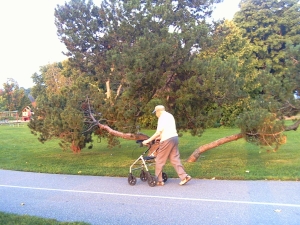Hip fractures can happen almost anywhere in Riverside County when an older adult falls or slips, but hip fractures can be particularly common in nursing home settings when seniors do not have proper care or when facilities fail to maintain the premises in a manner that is safe for its residents. While hip fractures often heal fully when they occur in younger people, a hip fracture in an older adult can be devastating. Indeed, hip fractures in the elderly can have disastrous consequences, resulting in decreased mobility and the need for care for the rest of a person’s life.
Our Riverside County nursing home neglect lawyers want to provide you with more information about hip fractures among older adults in Riverside County nursing homes.
Hip Fractures Happen Most Often Because of Falls
 Southern California Nursing Home Abuse Lawyer Blog
Southern California Nursing Home Abuse Lawyer Blog




 Aimed at Preventing Falls
Aimed at Preventing Falls





